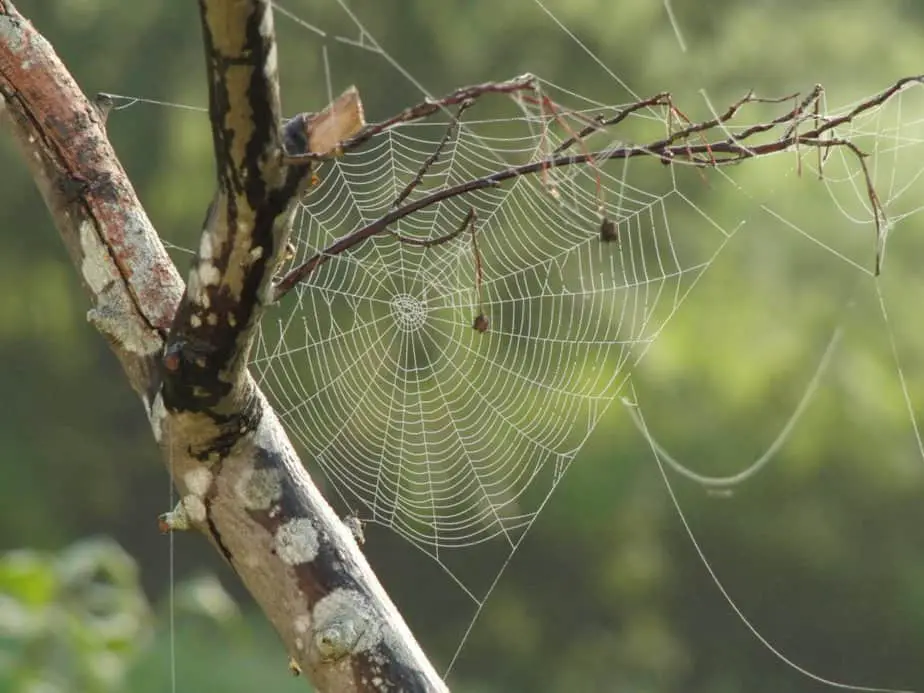The giant huntsman is a spider belonging to the Sparidae family in the Animalia kingdom. It is a member of the Heteropoda maxima species. The enormous huntsman’s most notable trait is that it is the world’s most enormous spider, with a leg span of up to 12 inches. Because they pursue their prey, they are given the term huntsman. They’re not like regular spiders, which weave webs to catch their food. Let’s read about ‘Giant Huntsman’.

The speed of the giant huntsman is legendary; they are claimed to be able to move up to a meter in a second. This capacity to move quickly distinguishes them from other spiders, and it is a distinct benefit for them, mainly because they chase their prey.
Where can giant huntsman spiders be found?
The giant huntsman spiders are native to Asia and were first discovered in Laos. Warm regions and warm cities are thought to be home to giant huntsman spiders worldwide. They’re claimed to be expected in places like Africa and Asia.
This spiders can be found on dead trees or stumps, under tree bark, rocks, and even inside cars and houses.
What do giant huntsman spiders eat?
Giant huntsman spiders consume cockroaches and moths, geckos, small reptiles, and even other spiders. They don’t use their web to catch their prey or food as typical spiders do; instead, they hunt them down with speed and stealth, either by ambush or by just sprinting after them. This spider captures its prey, injects it with fatal venom from its gland, and then swallows it.
What is the lifespan of a this spider?
The longevity of the giant huntsman spider is determined by various circumstances, including the threat it faces. Spiders, like people, are vulnerable to threats, and their ability to survive determines how long they live. For example, humans may step on the spiders, contract a disease, or be eaten alive by their predators. This spider is estimated to live for two (2) years.
It’s worth noting that giant huntsman spiders, like people, can contract diseases and worms. The worms mentioned in this notion are spiders’ internal parasites that consume their internal tissues, weakening and eventually killing them. When the worm wants to get away from the deadly spider, it makes the spider seek water as a means of escape.
Wasps are one of the predators that pose a severe hazard. Wasps have been reported to deposit eggs inside a spider’s abdomen, and when the eggs hatch, the wasp larva slowly consumes the spider from the inside out.
Is it possible for humans to be harmed by giant huntsman spiders?
Humans are not thought to be harmed by the vast huntsman spiders. Simply put, their venom or bites do not have the power to kill humans. The bite of the giant huntsman spider, on the other hand, can be excruciating for humans, causing headaches and nausea. Swellings and intense pain are two symptoms of a bite from a giant huntsman spider.
Unless provoked by people, these spiders do not usually approach humans; instead, they avoid them rather than bite them. However, when their young ones are in peril, the giant huntsman’s females are more inclined to bite.
When a giant huntsman spider bites a human, what should they do?
When a this spider bites a human, the first and most crucial thing is to remain calm. Calmness lowers the heart rate, which delays the transmission of venom throughout the body. After that, the bite should be washed with disinfectant and clean water. Then, as soon as possible, apply ice to the bite area to assist relieve the discomfort. Next, capture the spider if feasible so that it may be identified. If the situation does not appear to be improving, seek medical help as soon as possible. The pain caused by the these spiders is said to last for only about an hour.
It’s vital to note that pressure bandages should not be used on a giant huntsman’s bite since they don’t stop the venom from spreading throughout the victim’s body; instead, they aggravate the stinging pain.
What are the giant huntsman spiders’ predators?
Despite their superior hunting abilities, giant huntsman spiders are considered prey by other animals. Geckos, toads, scorpions, and other larger animals are predators. Their main predators are reptiles and birds.
How do they reproduce?
The giant huntsman spiders are known to breed in the warm seasons, which is their preferred climate. Because the males are romantics, the mating action can linger for hours. Unlike other spider species, the females do not attack the males after mating. Instead, after becoming pregnant, the female hides a sac behind a rock or tree bark for a few weeks before laying up to 200 eggs.
Conclusion
In conclusion, the giant huntsman is a spider that is one-of-a-kind in size, speed, and abilities. It can track down and inject venom into its prey, which is not the case with the common spiders that we see virtually everywhere.

